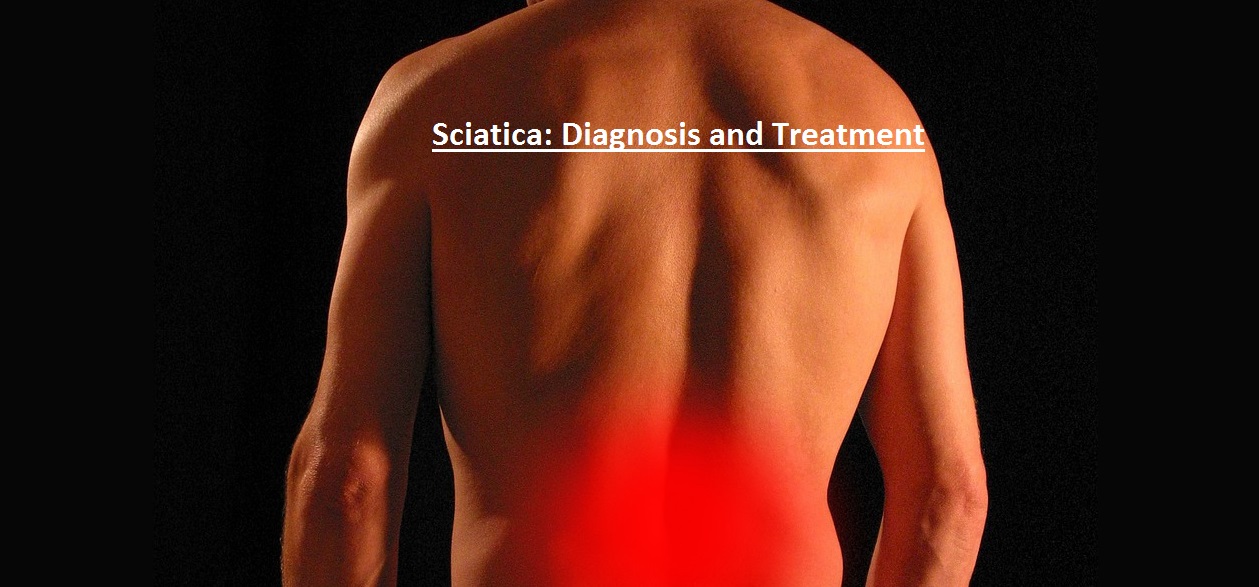Sciatica is most common in individuals aged 30-50. Though not common, sciatica is a condition that occurs due to a nerve that carries signals from the brain, through the spinal cord, to the legs. This nerve is the sciatica nerve, hence the name of this condition. During this condition, the pain generally occurs from the lower portion of the back into the knees of the leg.
Causes of sciatica:
Protruding disc in the lower back is the most common cause of sciatica. Because of this bulging of the disc that is present between the bones of the spine, the individual experiences pain with every movement.
Diagnosis:
The initial diagnosis of this condition is made by a physical examination of the leg, where the doctor often looks for signs of weakness or declining reflexes. Sciatica condition often worsens with prolonged sitting or coughing, causing numbness in the leg, and hence early diagnosis is the key for better treatment. Any imaging test like an X-ray or an MRI scan also enables the doctor to diagnose the condition better.
Treatment:
There are two major kinds of treatment for sciatica: non-surgical treatment and surgery.
- Non-surgical treatment includes physical therapy, medications and injections, and alternate therapies.
- Since sciatica affects the lower back, stretching and aerobics is a good option for the patient. Therapeutic exercises are introduced to the patient during this kind of treatment. Being completely natural, physical therapy does not have any side effects for the patient.
- Medications and injections involve the usage of NSAIDs (non-steroidal anti-inflammatory drugs), oral steroids, anticonvulsants, tricyclic antidepressants, and opioid analgesics for the treatment of sciatica.
- Alternate therapies include chiropractic therapy and massage therapy. This is again, a natural form of therapy and though may take a little time; the results are effective and involve no side effects for the patient.
- Surgery being the last option is not recommended for all sciatica patients. The type of surgery the patient may undergo depends upon the patient’s condition and diagnosis.
Precautions:
The pain during sciatica is of varying intensity. In the certain posture of the body or during certain time periods, the patient may experience excruciating pain which may reduce after some time. The disc that causes the pain can be reabsorbed with proper treatment and care. Prolonged bed rest is avoided so that the patient does not lose their vigor and remain active throughout the condition as well as post-sciatica. Prolonged sitting or walking and straining the back are not encouraged. Long-distance driving and putting the body to prolonged physical activity is discouraged in patients suffering from sciatica. The treatment for sciatica may take about 12 weeks and hence would take a while before the patient is completely cured of the condition. Hence, the patient is advised to indulge themselves in all kinds of movements and rest, in moderation.
Sciatica is a painful condition and affects about 1-10% of a population. Though it may hurt a lot, it does not necessarily mean that it is a chronic condition. The treatment is available to the patients and they can be cured in a short time

